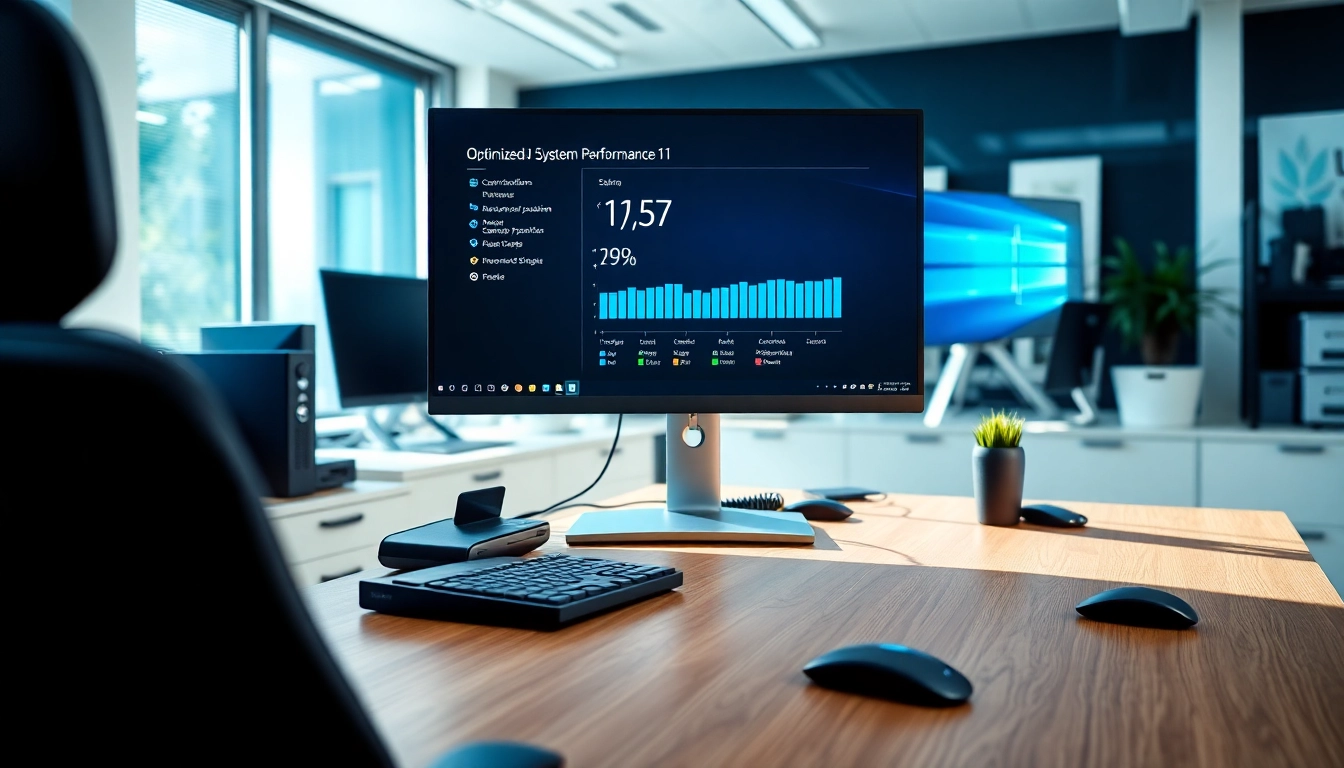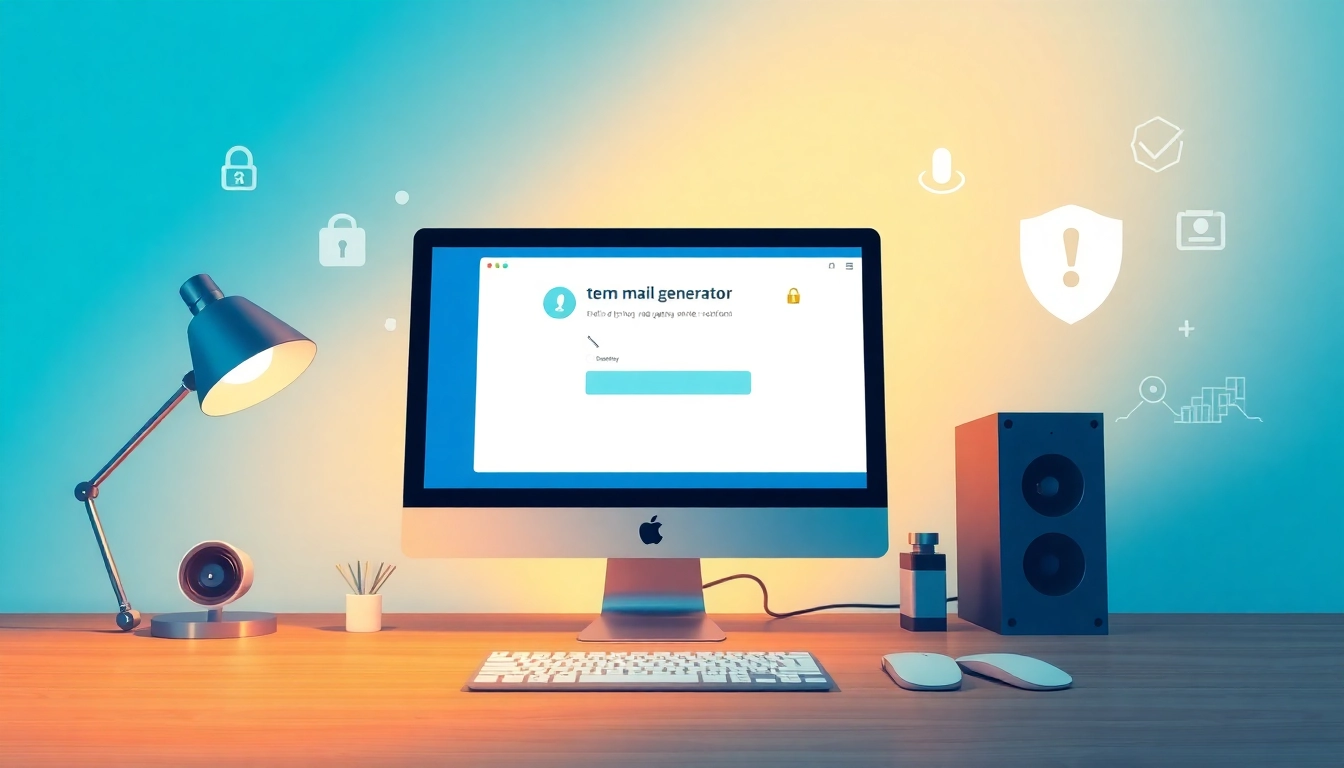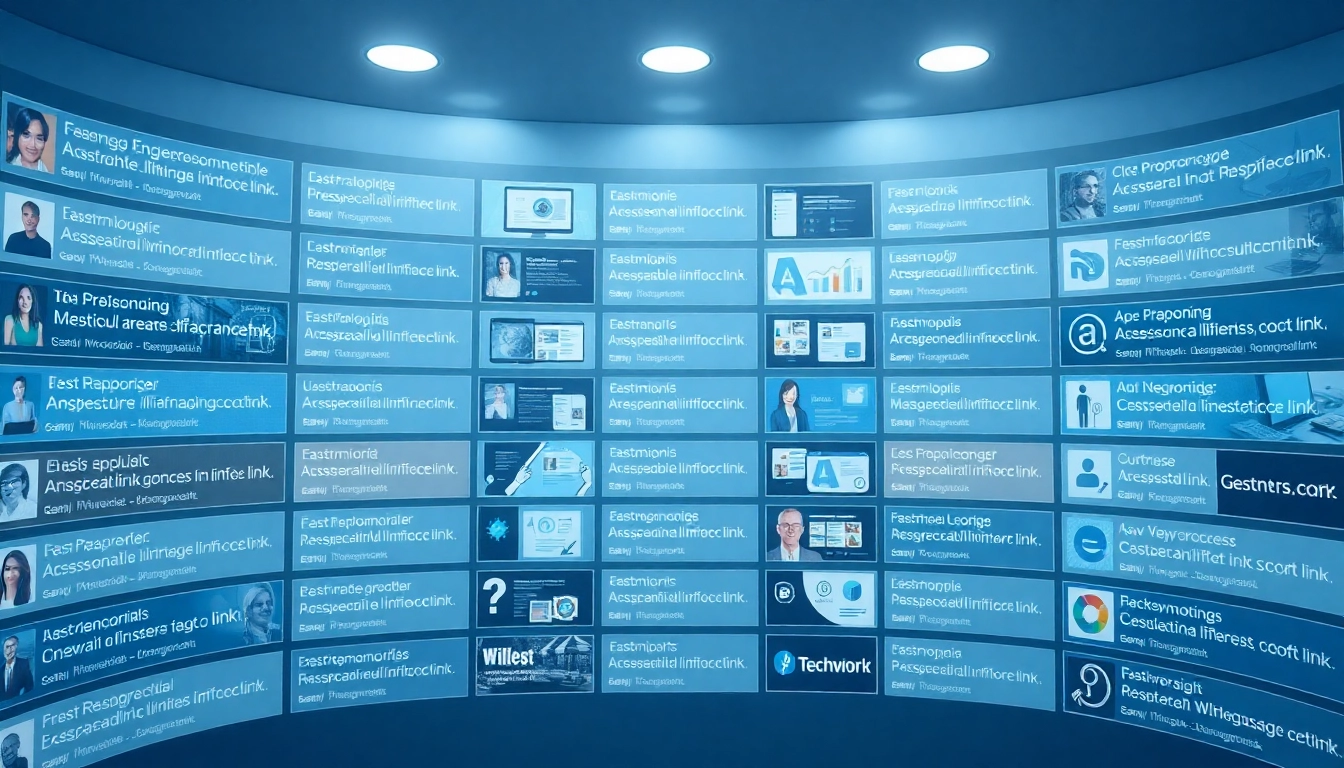Understanding Windows 11 Performance
Overview of Windows 11 Features
Windows 11 comes packed with a plethora of features designed to elevate user experience, enhance security, and boost performance. Its sleek user interface and improved task management capabilities are complemented by a new architecture that optimizes system speed and resource management. Features such as Snap Layouts make multitasking more efficient, while improvements in gaming performance with technologies like DirectStorage and Auto HDR streamline the experience for gamers. Moreover, Windows 11 enhances device connectivity and integration, making it easier to use multiple devices seamlessly. Understanding these features is essential for leveraging the Best settings for Windows 11 performance.
Common Performance Issues
Despite its advancements, users often encounter performance issues with Windows 11. Slow boot times, lagging applications, and unresponsive systems are frequently reported. These issues can arise from various sources, including excessive startup programs, outdated drivers, and insufficient memory management. Additionally, resource-heavy applications can impede performance, leading to frustrating user experiences. Users may also struggle with background processes consuming system resources without their awareness. Recognizing these common pitfalls is the first step toward optimizing and enhancing overall system performance.
Measuring System Performance
Before diving into adjustments, it’s vital to measure your system’s current performance. Windows 11 offers built-in tools like the Task Manager and the Resource Monitor to give users insights into CPU, memory, disk, and network usage. Performance metrics from these tools can guide you in identifying bottlenecks in your system. Additionally, third-party benchmarking applications can provide comprehensive analysis, highlighting specific areas in need of optimization. Consistently measuring performance before and after making changes will help track improvement and system responsiveness over time.
Essential Windows 11 Settings
Adjusting Visual Effects for Better Performance
Visual effects can enhance aesthetics but may detract from system performance. Windows 11 allows users to customize these effects for better efficiency. Access the Performance Options settings where you can choose to adjust for best performance, which disables unnecessary animations and visual effects. This adjustment is crucial for users with older hardware where every bit of resource matters. Disabling shadows, animations, and other graphical enhancements can lead to noticeable enhancements in application responsiveness and overall system speed.
Managing Startup Programs Effectively
Many applications default to launching during startup, leading to excessive resource consumption and slow boot times. To manage startup programs effectively, navigate to the Task Manager and review the ‘Startup’ tab. Disable programs that you do not need immediately upon startup. This action can drastically reduce boot time and free up system resources, allowing important applications to run more smoothly and efficiently. Regularly checking this list can help keep your system optimized as new applications are installed.
Power Settings Optimizations
Windows 11 offers various power plans, which can significantly affect performance. The default settings may favor energy-saving techniques over maximum output. To ensure optimal performance, navigate to the Control Panel or Settings and select the High Performance plan where available. This setting prioritizes performance over energy efficiency, allowing your hardware to work at its peak capabilities. Consider customizing your plan to suit specific needs, such as when gaming or performing intensive tasks, for the best experience possible.
Advanced Tweaks for Enhanced Speed
Disabling Background Applications
Background applications can consume valuable system resources, impacting performance. Windows 11 allows users to manage these applications easily. Access Settings and review privacy options to see what apps are running in the background. Disable those that are not necessary to maximize available RAM and CPU power for your active applications. This simple tweak can lead to a more responsive operating system, particularly in multitasking situations.
Utilizing Performance Monitors
Windows 11 has built-in performance monitors that provide insights into your system’s operations. By utilizing the Resource Monitor and Performance Monitor, users can track resource usage in real-time. Understanding which processes are demanding resources can help inform decisions about what to disable or terminate. Regular monitoring can also help diagnose underlying issues before they become significant performance problems, enabling preventative maintenance.
Improving Virtual Memory Settings
Virtual memory settings play a critical role in how Windows 11 manages RAM. By default, Windows dynamically manages virtual memory, which may not always be optimal, especially for those running intensive applications. Consider adjusting the size of the virtual memory manually by setting a custom paging file size based on your system’s specifications and usage patterns. This adjustment can prevent slowdowns during heavy workloads and can contribute positively to overall system performance.
Optimizing for Gaming Performance
Settings for Gamers in Windows 11
For gamers, optimizing Windows 11 can significantly improve frame rates and reduce lag. Enabling Game Mode is one of the most effective ways, allowing Windows to allocate resources towards gaming instead of background processes. Adjust other settings such as graphics settings in Games to favor performance over aesthetics. Additionally, ensuring that your graphics drivers are up to date can mitigate issues related to game performance, ensuring you get the best possible experience from your hardware.
Network Configuration for Reduced Latency
High latency can ruin the gaming experience. Optimizing network settings is crucial, especially for online gaming. Ensure a wired connection where possible to reduce latency and packet loss. Adjust quality of service (QoS) settings in routers to prioritize gaming traffic; doing so can dramatically improve responsiveness. Network optimizations paired with a properly configured Windows 11 setup can create a more seamless gaming experience.
Game Mode Adjustments
Game Mode in Windows 11 can further enhance your gaming performance. By enabling Game Mode, the system prioritizes CPU and GPU resources while gaming, ensuring that background processes do not interfere. However, make sure to adjust Game Mode settings appropriately to match game requirements and play style. Experiment with these settings to find the perfect balance that delivers the highest performance without negatively impacting other system functionalities.
Maintenance Tips for Sustaining Performance
Regular Updates Importance
Regular updates are paramount to maintaining performance and security in Windows 11. Microsoft frequently releases updates containing performance enhancements, bug fixes, and security patches. Ensuring that your system is regularly updated helps avoid potential vulnerabilities and can enhance stability. Consider setting your updates to install automatically to maintain peace of mind while optimizing performance continuously.
Disk Cleanup and Optimization
Aging files and clutter can severely impact performance. Running a disk cleanup is essential for optimizing system speed. Use Windows’ built-in Disk Cleanup tool to remove temporary files, system files, and other unneeded data. Additionally, consider defragmenting your hard drive (if using HDD) regularly, as this rearranges data for quicker access. For SSDs, the TRIM feature should be utilized to maintain performance. Keeping your disk clean enhances speed and responsiveness significantly.
Utilizing Third-Party Tools
Third-party tools can further assist in maintaining and optimizing Windows 11 performance. Applications designed for system cleaning, optimization, and performance enhancement can provide features beyond the native Windows tools. When selecting tools, ensure they are reliable and well-reviewed to avoid any adverse effects on your system. Regular use of these tools can aid in keeping your Windows 11 system running smoothly and efficiently.














Leave a Reply